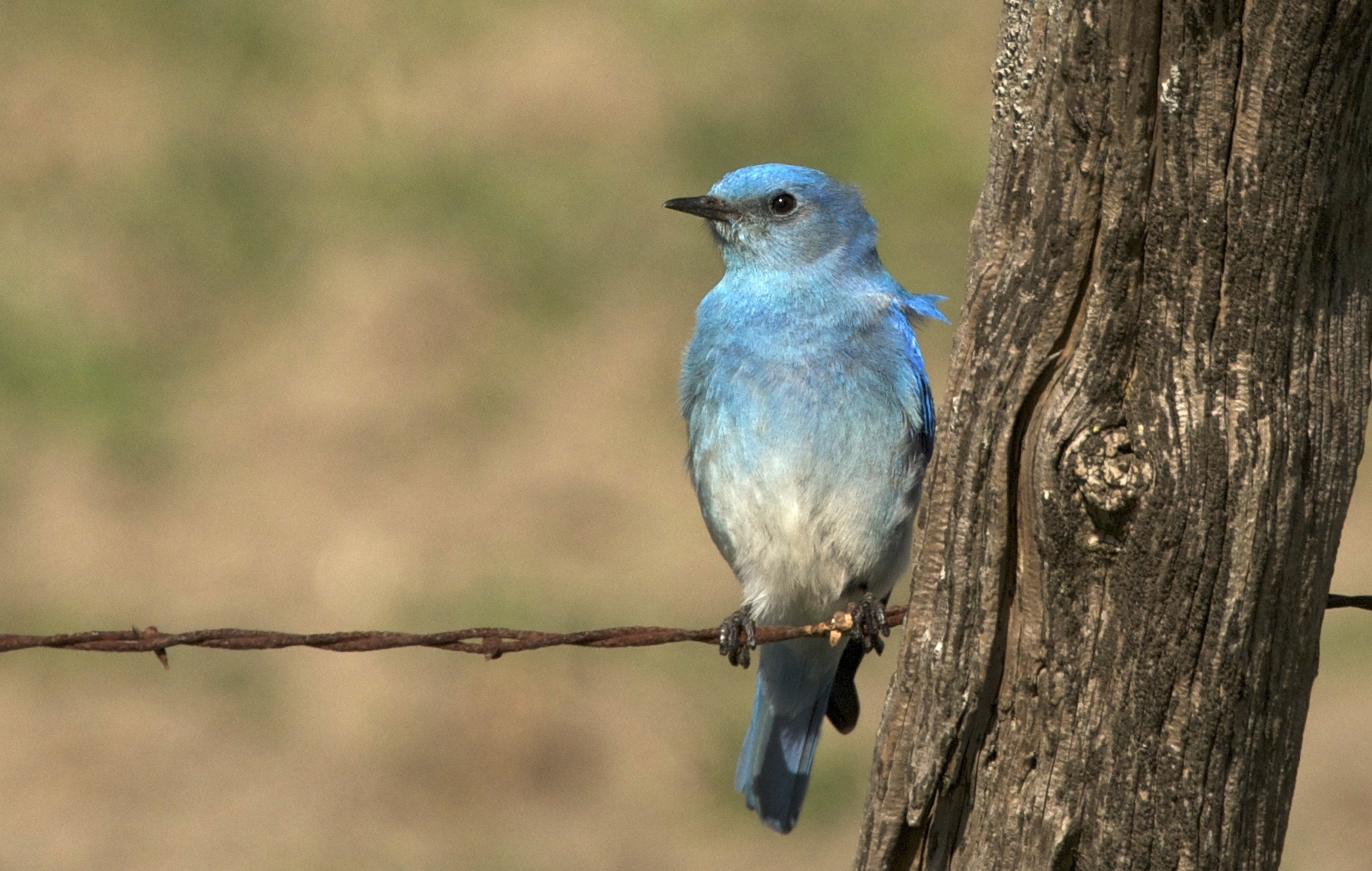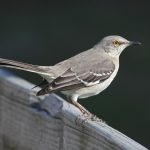The mountain bluebird, with its brilliant blue plumage, is a fascinating bird that graces the Arizona skies. Known scientifically as Sialia currucoides, this bird is a glittering gem in Arizona’s diverse avian landscape. Throughout its flight across various regions of the state, this bird stands out as an eye-catching spectacle for birdwatchers and nature enthusiasts alike.
Quick Facts about the Mountain Bluebird
- Mountain bluebirds are adept flyers known for their dazzling aerial acrobatics.
- They are often seen perched near meadows and open woodlands.
- The male’s vivid turquoise-blue feathers are unmistakable in the wild.
- These birds are cavity nesters and will readily use nest boxes if provided.
Subspecies Information
While the mountain bluebird is a member of the bluebird genus Sialia, it has no recognized subspecies. It’s closely related to the eastern and western bluebirds but stands apart with its unique turquoise-blue coloring and distinct behaviors.
Physical Dimensions
Mountain bluebirds are small thrushes. They measure between 6.1 to 7.1 inches in length, weigh around 0.85 to 1.31 ounces, and have a wingspan ranging from 11.0 to 14.2 inches. These dimensions make them slightly smaller than their eastern and western counterparts but no less striking.
Identifying Features
The male mountain bluebird is adorned with bright turquoise-blue feathers, which are lighter on its underparts. In contrast, the female’s colors are subtler, with duller blue on the wings and tail, and a mix of gray on the crown, throat, and back. During the fall, the female’s throat and breast may take on a brownish hue, adding seasonal variation to her appearance. Both sexes share thin, pointed bills and large, expressive eyes.
Local Habitats in Arizona
In Arizona, mountain bluebirds can often be found in the high-altitude meadows and open woodlands of the northern part of the state. Sites like the Mogollon Rim, the San Francisco Peaks, and the grasslands of southeastern Arizona are prime viewing areas. They thrive particularly well in places where trees and shrubs provide ample perches.
Natural Habitat Preferences
These birds favor open country with scattered trees or shrubs. They can commonly be found in grasslands, scrublands, and forests’ edges. The mountain bluebird is particularly fond of areas disturbed by agriculture or wildfires that open up the landscape, making it easier for them to forage for insects.
Diet and Eating Habits
Mountain bluebirds primarily eat insects and berries. In the summer, their diet consists mostly of insects like grasshoppers, beetles, and caterpillars. When insects become scarce in winter, they switch to berries and fruit seeds, including juniper berries and mistletoe seeds. They often employ a hover-and-drop technique to catch their prey, which is both energy-intensive and impressive to observe.
Migration Patterns
Mountain bluebirds are partial migrants, meaning some populations migrate while others do not. Those in more northern areas, such as Canada, migrate south to Mexico during the winter. In contrast, many in Arizona tend to stay year-round or make short seasonal shifts within the state, depending on food availability and weather conditions.
Conservation Status
Currently, the mountain bluebird is listed as a species of least concern. However, habitat loss and competition for nesting sites have led to declines in the localized population. Efforts to install nest boxes have helped stabilize numbers. Despite these challenges, the population remains robust, with ongoing conservation actions to ensure these birds continue to grace the Arizona skies.


